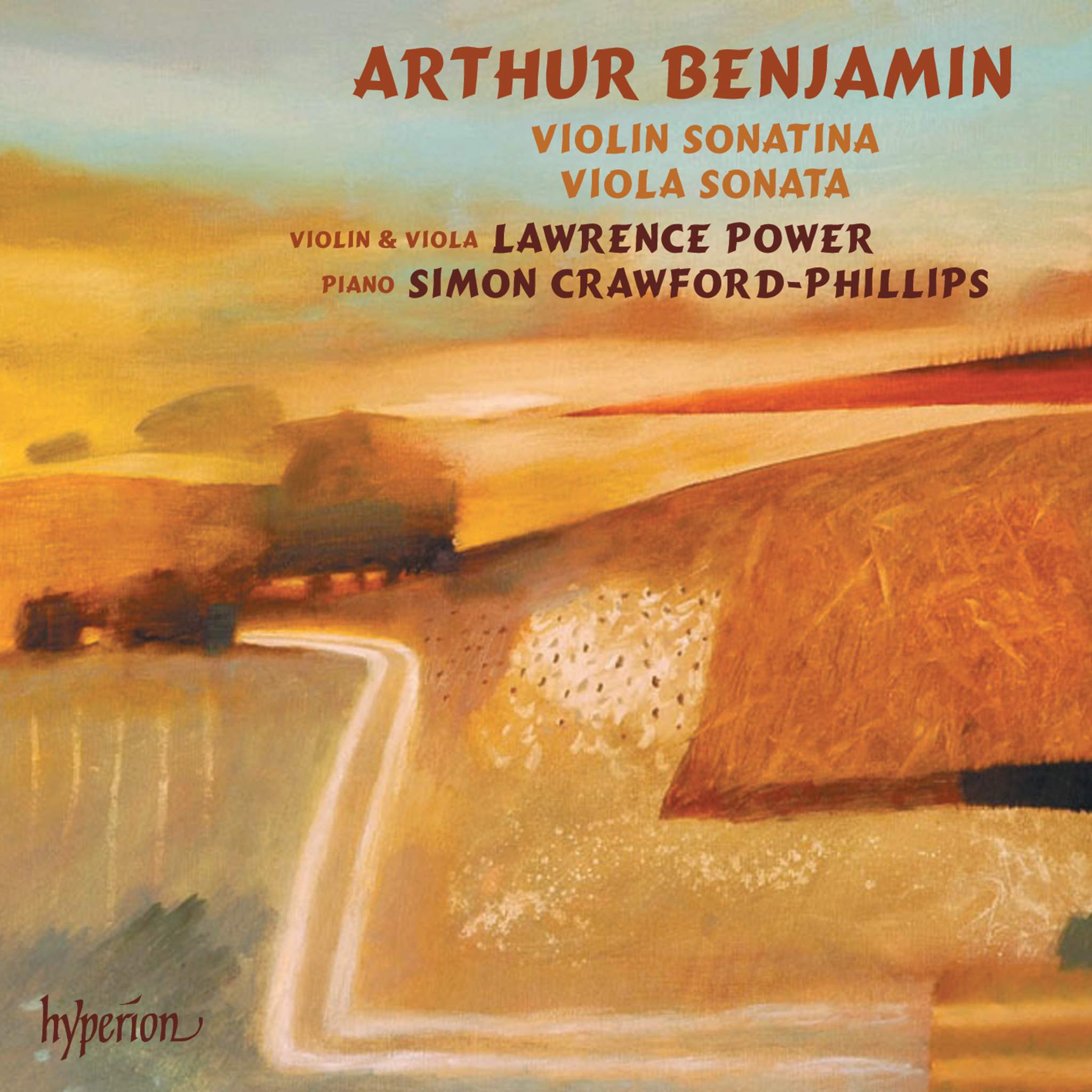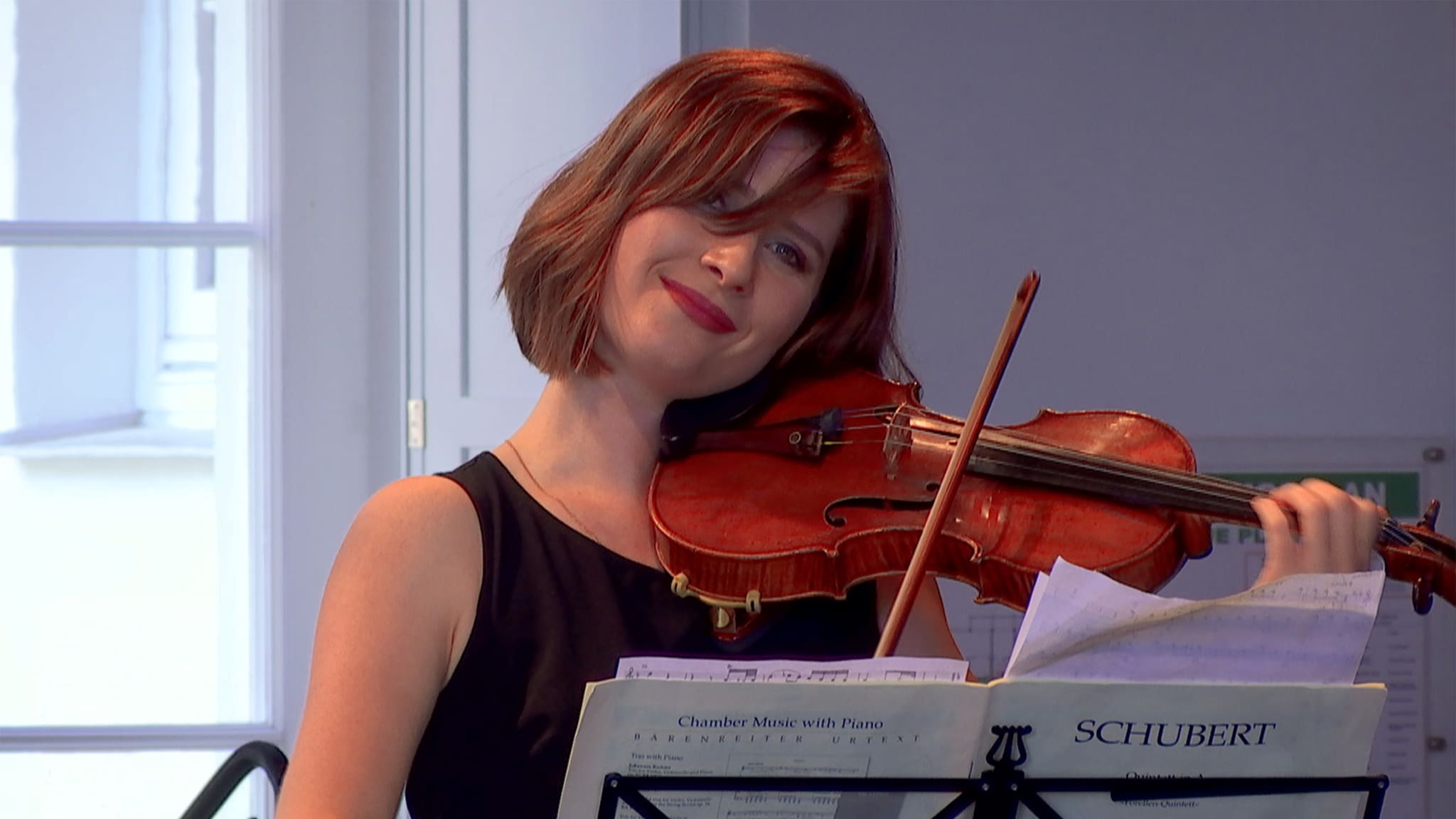Album insights
In the autumn of 1838, Schumann traveled to Vienna with hopes of finding a publisher for the Neue Zeitschrift für Musik, which he edited, and to establish a future home for himself and his fiancée, Clara Wieck. However, none of these plans materialized, leading Schumann to cut short his stay. In mid-April 1839, about ten days after leaving the city, he informed Clara about a series of pieces he had begun composing, expressing his emotional journey during the process.
Therese, Schumann's sister-in-law, notified him in a letter about his brother’s severe illness. Convinced he wouldn't see his brother again, Schumann hastily departed Vienna. During his journey back, he distinctly heard the sound of a mournful chorale played on trombones, later learning this coincided with his brother's passing.
Schumann eventually named the new works Nachtstücke nach E. T. A. Hoffmann, deriving the title from the author once again. Originally, each of the four pieces had individual headings such as "Funeral Procession," "Curious Society," "Nocturnal Revelry," and "Roundelay with Solo Voices," although these were omitted in the first edition.
The funeral procession in Schumann's initial piece proceeds hesitantly, seemingly starting out of earshot until gradually drawing closer, concluding ambiguously as it fades into the distance. The second piece seems to provoke laughter within its buoyant accents, transitioning between themes while maintaining a lighthearted yet intricate atmosphere.
The third piece sweeps with a sense of urgency, shifting dynamics rapidly to intensify breathlessness. Reflecting on the last piece, it resonates with Mahler's style, featuring poignant melodies and subtle intertwining themes leading to a gentle, poignant conclusion echoed by the text. These works marked the end of Schumann's exclusive focus on piano music.
Schumann found inspiration for the Novelletten from various sources, including an encounter with Clara Novello. He initially considered naming them after Clara but settled on dedicating them to the pianist Adolph Henselt instead. These pieces, though lesser-known, were some of Schumann's most accomplished works, penned in a jubilant spirit with intricate tonal structures and recurring motifs.
Ranging from lively waltzes to intense Polonaises, the Novelletten showcase a diverse range of moods and technical prowess. The final piece stands out for its complexity and extended form, segueing through passionate segments and key shifts before culminating in a reflective D major conclusion.







